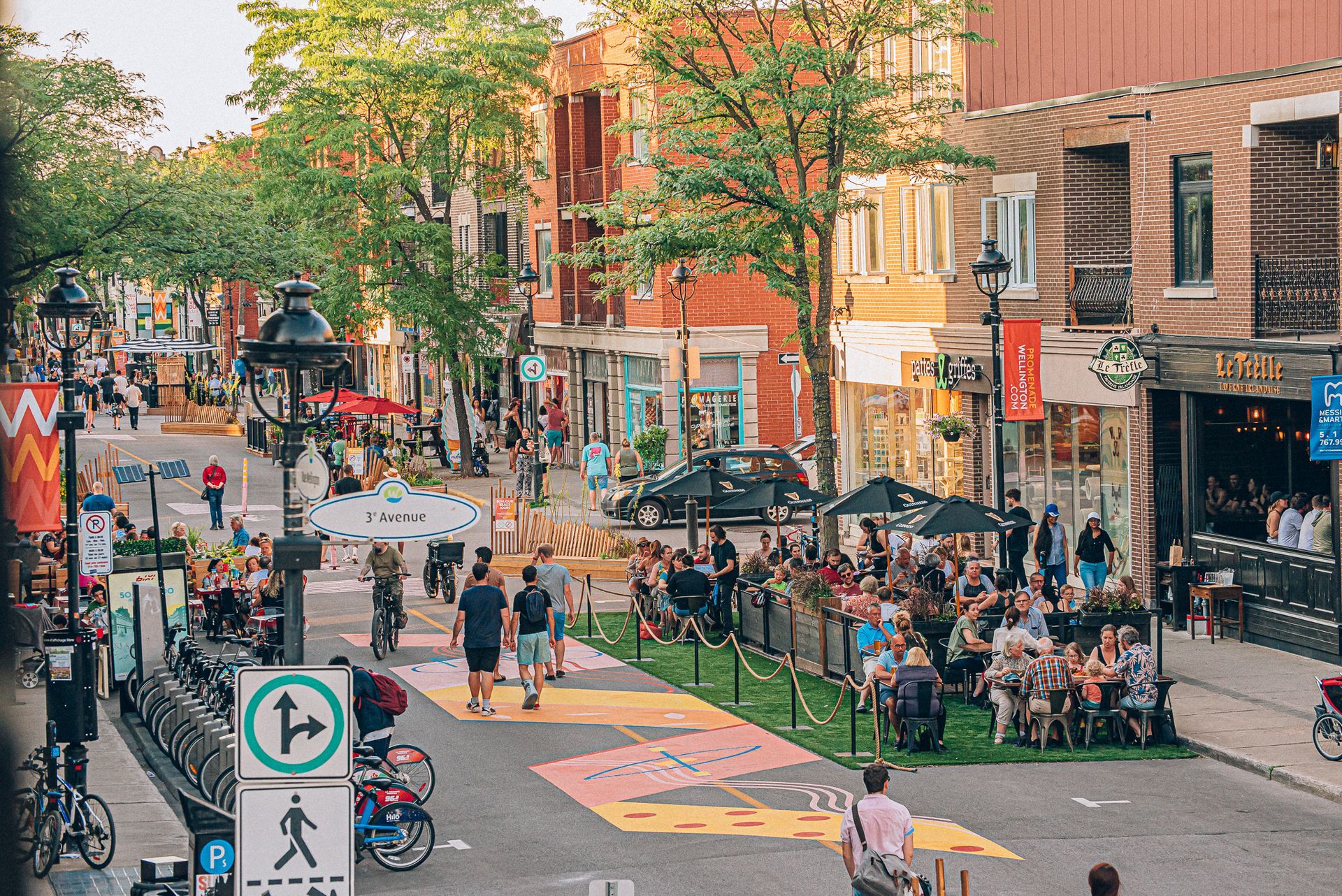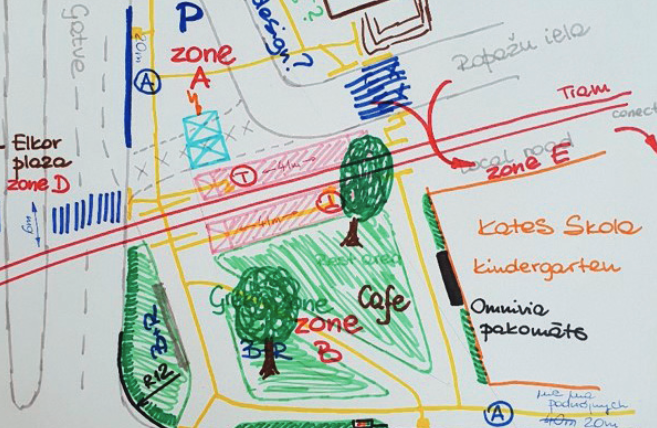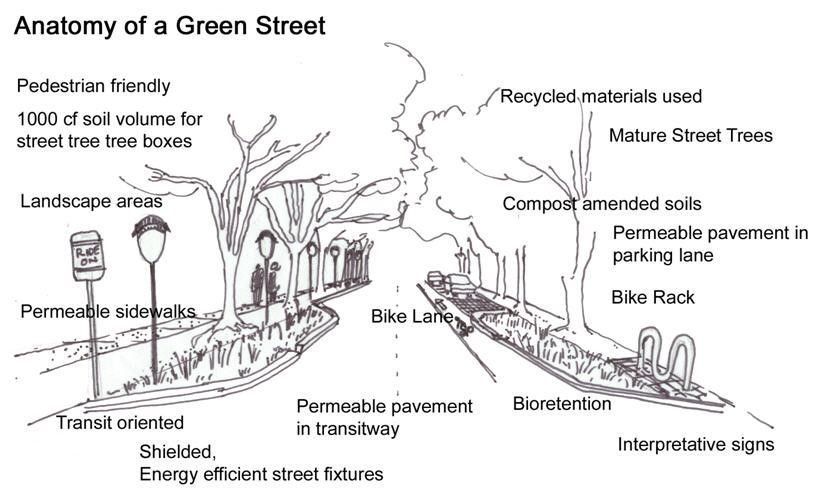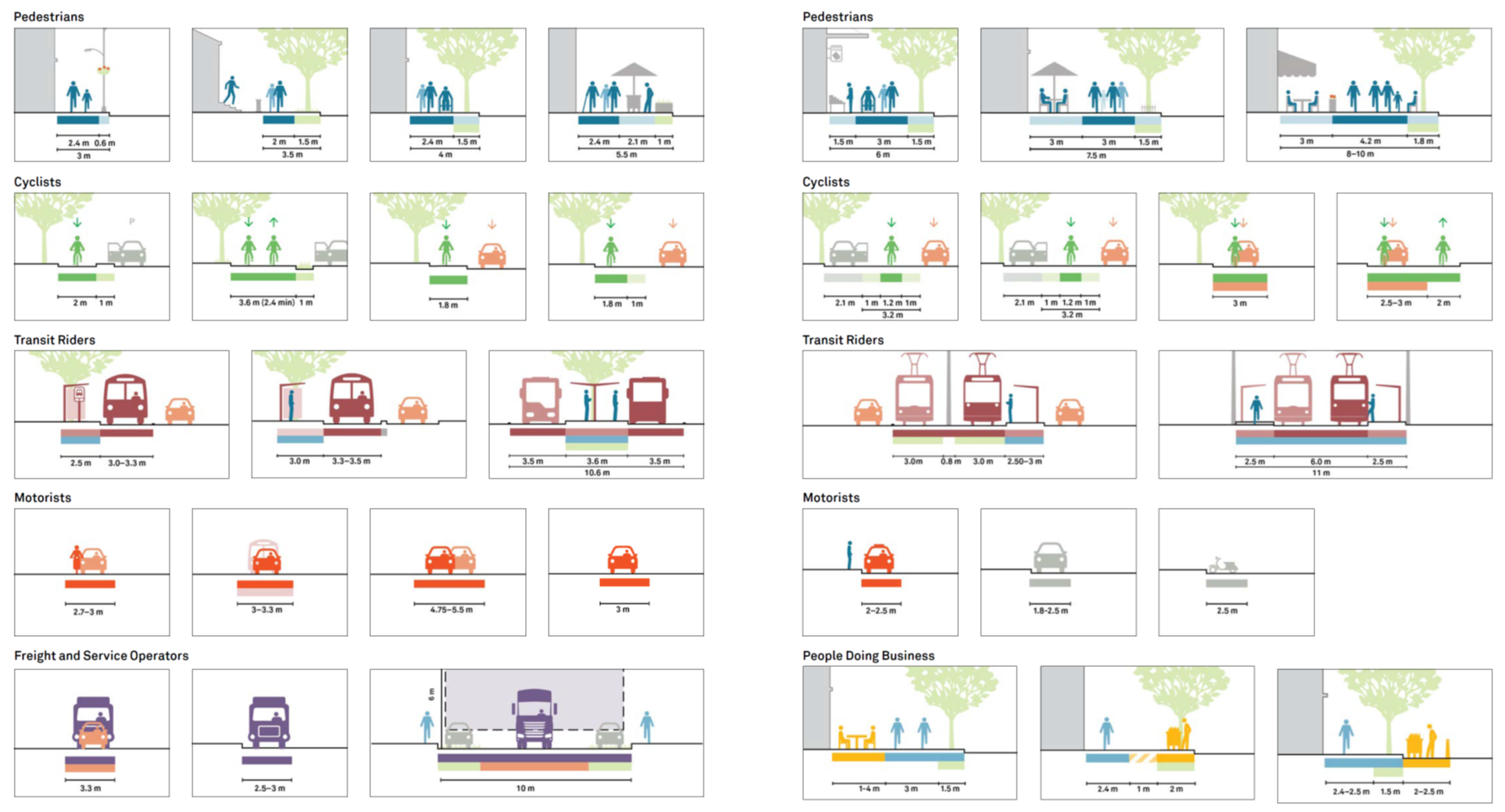
Complete Streets is an approach to planning, designing, building, operating, and maintaining streets that enables safe access for all people who need to use them, including pedestrians, bicyclists, motorists and transit riders of all ages and abilities. This approach also emphasizes the needs of those whose needs have not been met through a traditional transportation approaches, such as older adults, people living with disabilities, children, people who don’t have access to vehicles, and the lower income groups. Developing complete streets is a community activity that involves developing Community Mobility Strategies and Action Plans that bring local residents, community organizations and transportation agencies together to improve mobility. This approach also emphasizes Active Travel and has been initiated in London under the Healthy Streets Approach developed by the Great London Authority. In the USA, the Complete Streets concept has been expanded to include Green Streets and many cities are developing Green and Complete Streets ordinances and policies along with establishing Green and Complete Streets Advisory Commissions composed of citizens. These policies not only cover the design of new streets but also concern the redesign and reconstruction of existing streets. This approach is being used in the United States to convert "Stroads" (which don’t serve the functions of a street or a road very well and they have become the most dangerous thoroughfares in America and elsewhere) into safer complete streets.
n
Complete Streets
Complete Streets are designed to cater to the needs of all users and activities, through equitable allocation of road space. Complete streets provide safe and inclusive environments that support users of all age groups, genders, and physical dispositions. They also guarantee efficient mobility by focusing on moving people, user safety, universal accessibility, vitality and liveability, sensitivity to local context, and environmental sustainability. Complete Streets (also known as Slow Streets and Green and Complete Streets in the USA and Civilised Streets in the UK) have safe, and continuous footpaths, segregated cycle tracks, safe pedestrian crossings with refuges, traffic calming and organised on-street parking. These streets prioritise safety, convenience, and comfort of all users regardless of their age, ability, or mode of transportation. By promoting active mobility (walking and cycling), complete streets help in achieving the sustainable goals of the city. Such high-quality streets make a city truly livable and transforms public spaces into community hubs where people can meet, interact, do business, and have fun.
n
Community Mobility Strategies
Community Mobility Strategies and Action Plans bring local residents, community organizations and transportation agencies together to improve mobility especially for and within low-income communities. These community-led strategies and plans identify the most important mobility challenges within neighborhoods and develop measures to overcome them. They are prepared at a micro level but adopt similar processes as those used to develop city wide urban mobility strategies, especially consultation and citizen participation. Through co-creation activities, it is possible to engage local citizens and create active mobility communities that decide what kinds of services they wish to see implemented.
n
Green Streets
Green streets help make communities more resilient to extreme weather and other climate effects. Specifically, green streets aim to more adequately manage storm water by reducing the amount of impermeable surface, such as asphalt, that is present in a given area. Green streets protect water quality in rivers and streams by removing up to 90% of pollutants. They replenish groundwater supplies, absorb carbon, improve air quality and neighborhood aesthetics, and provide green connections between parks and open space. Vegetated curb extensions improve pedestrian and bicycle safety, and calm traffic. The implementation of green streets principles could help mitigate the impacts of climate change while protecting natural resources and infrastructure investments as an integral part of complete streets designs.
n
Healthy Streets
Healthy Streets is at the heart of city policy in London. It is embedded in the Mayor’s key strategies driving change in how the streets look and feel. The Healthy Streets Approach provides the framework of policies and strategies to enable all Londoners to enjoy the benefits of being active through walking or cycling for at least 20 minutes a day. Much of the funding will be invested in a fundamentally new way of developing street functions to best deliver for people. This approach is designed to make London a healthier, more sustainable, safer, more connected and, ultimately, more successful city for all Londoners.
n
Street User Section Geometries
The iRAP Star Ratings of NACTO-GDCI's Global Street Design Guide presents a summary chart of the basic street geometry sections has been compiled for various street users. This very useful design guide is presented below (clicking on the image will link to a larger presentation).






